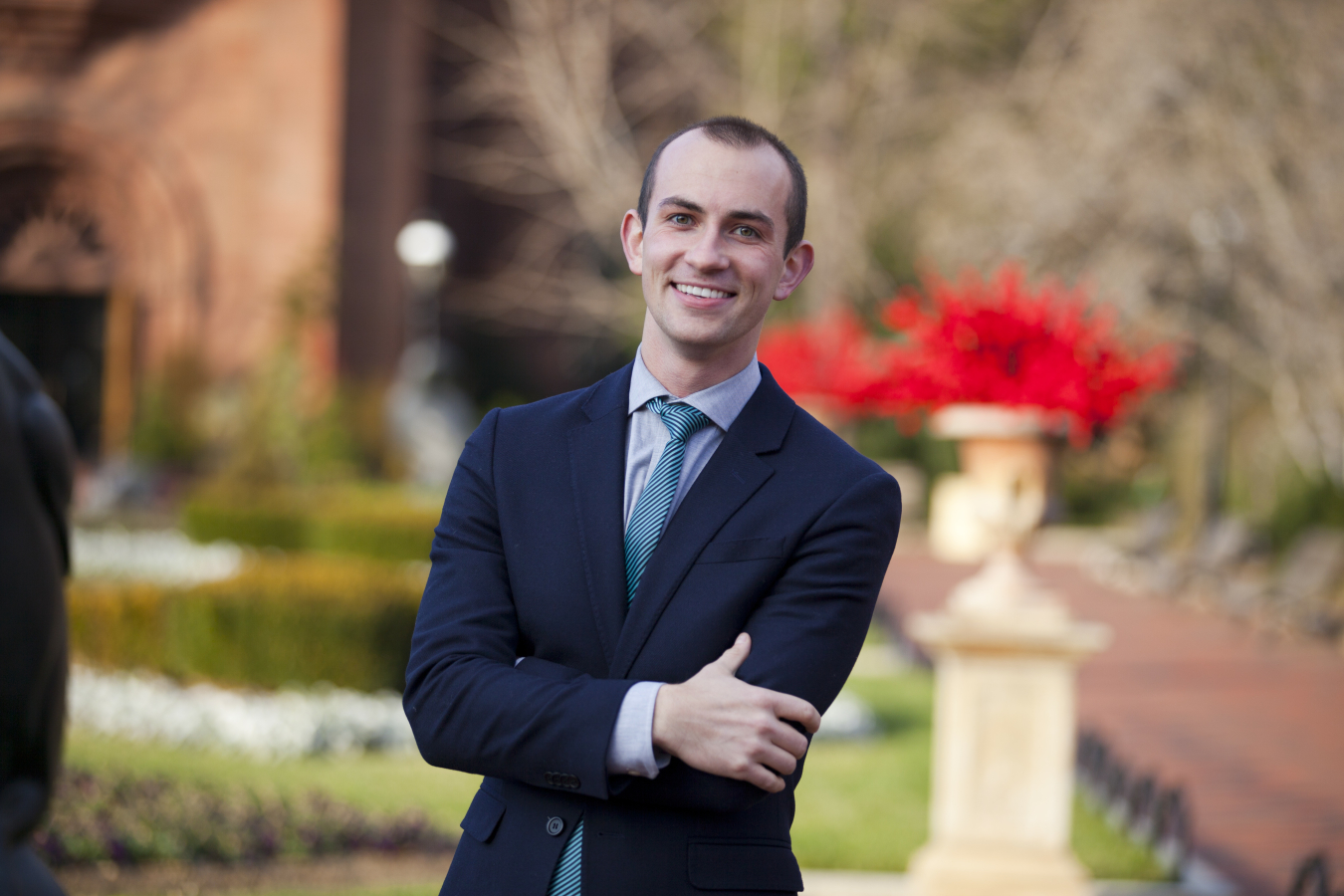Learn about supercomputers and why they're important for science, energy and national security.
November 18, 2015
Infographic by <a href="/node/1332956">Carly Wilkins</a> and <a href="/node/379579">Sarah Gerrity</a>.
The race is on to build the fastest, most powerful, most sophisticated computers ever imagined.
In 1946, scientists began operating the world’s first computer, which could add up to 5,000 numbers per second.
These days, the fastest supercomputer in the United States performs quadrillions of calculations per second (that’s 15 zeros!). And they’re only getting more impressive.
The Department of Energy’s National Laboratories are currently building two new supercomputing facilities that will be five to 10 times more powerful than existing machines. Labs and their industry partners will use these exceptional computing resources to perform calculations with unprecedented speed and build more detailed models than ever. These new facilities and the research they enable will reinforce the United States’ leadership in science generally, and in high-performance computing specifically.
Take a look at the infographic above to learn the basics about supercomputers, and read on to get a sense of why they’re so important for science, energy and national security. These are some of the real examples of problems tackled by America’s supercomputers:
Simulating the human heart: Investigating the effect of various drugs on the heart.
Analyzing the oceans: Understanding how the ocean responds to climate change.
Creating new materials: Exploring ways to eliminate friction in novel materials.
Keeping the world safe: Modeling nuclear explosions eliminated the need for real-world testing.
Mapping the universe: Exploring our enormous universe in 3D.
Pat Adams

Pat Adams served as a Digital Content Specialist in the Office of Public Affairs. His job was to tell stories on Energy.gov and social media about science, research and the Energy Department’s National Labs system, as well as other important work happening at the Department of Energy.
Before joining the team, Pat worked at a consulting firm promoting a disability employment program and organized students around LGBT issues in Maine. In his spare time, Pat’s always on the lookout for the next adventure, whether that means traveling to an exotic destination or creating something new in his own kitchen.

